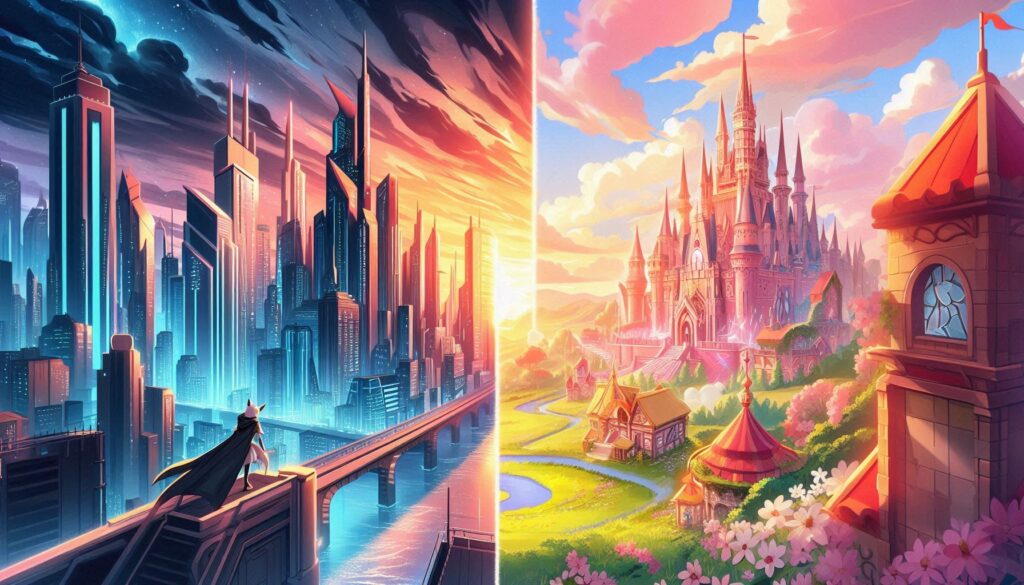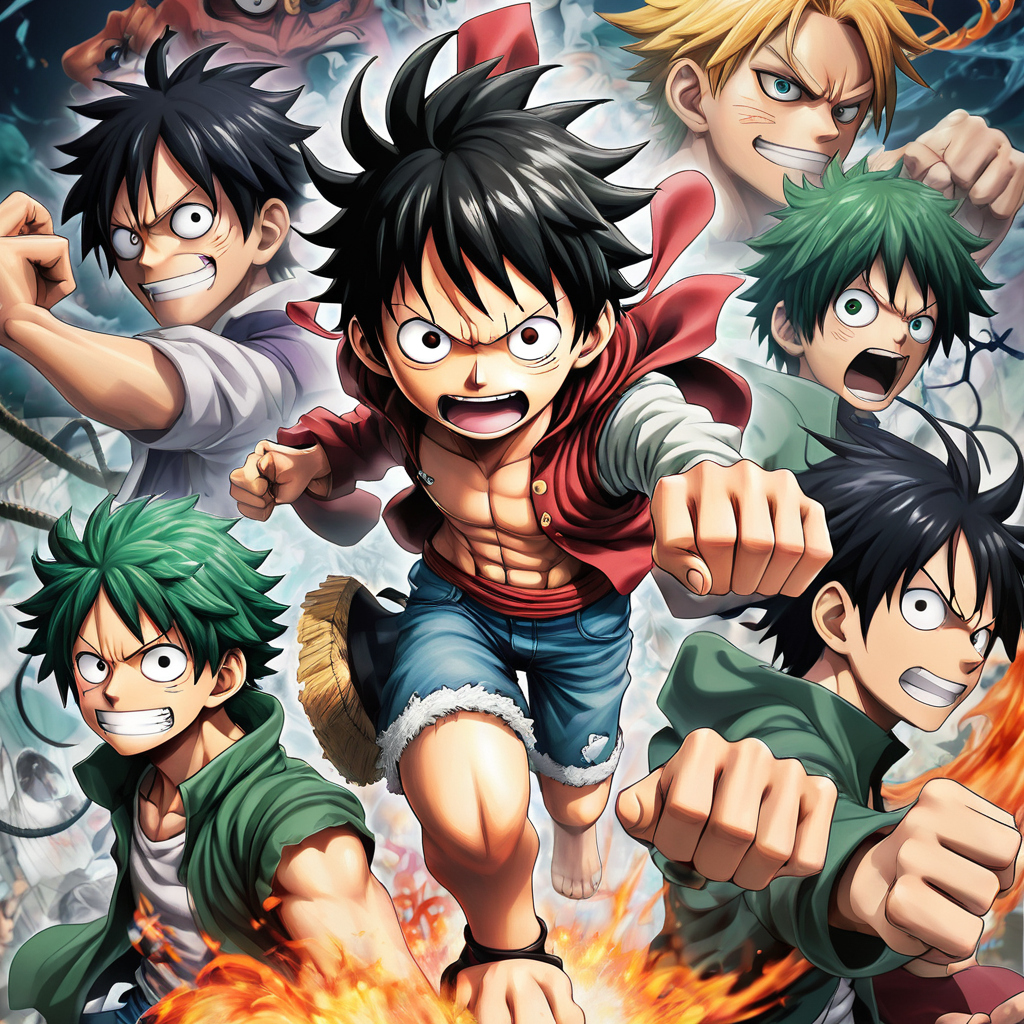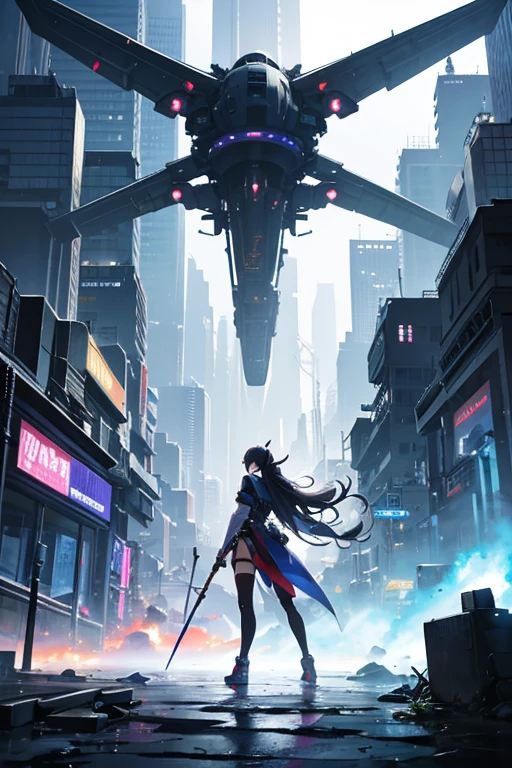Table of Contents
ToggleIntroduction
The debate between anime and Western animation has intrigued fans and critics alike. While both art forms excel in visual storytelling, they differ vastly in style, themes, and cultural impact. In this blog, we will explore 6 key differences that set anime apart from Western animation, shedding light on how each medium reflects the culture from which it originates.
1. Art Style Differences
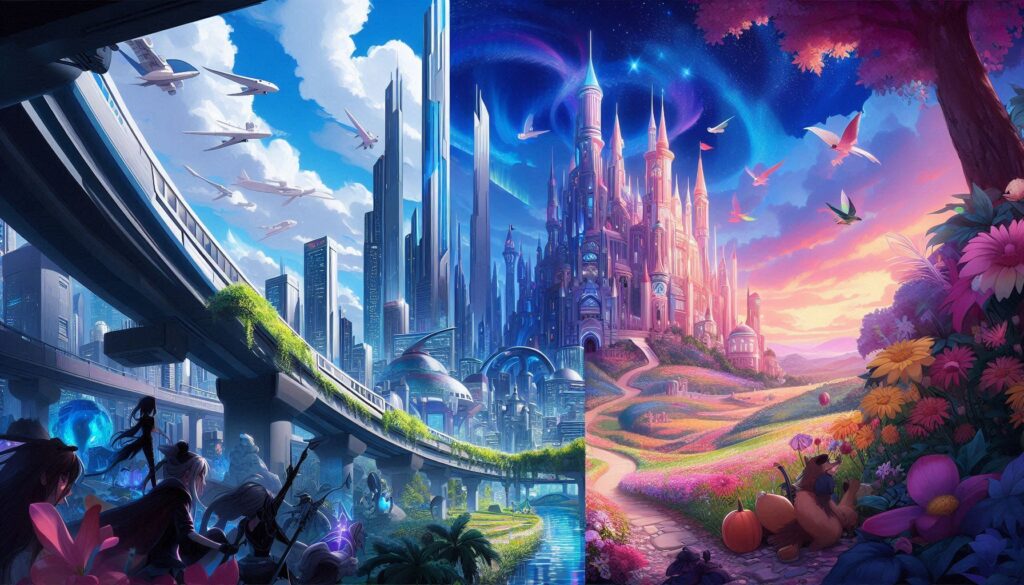
One of the most noticeable differences between anime and Western animation lies in the art style. Anime characters are often drawn with exaggerated features, particularly large eyes, which are used to convey a wide range of emotions. In contrast, Western animation usually opts for more realistic proportions, with characters designed to suit the story’s tone.
For instance, the big-eyed look in anime allows for heightened expressiveness, a staple in many Shounen and Shojo genres. Western animation, such as Disney and Pixar, emphasizes fluid motion and detailed backgrounds but keeps the character designs more grounded.
2. Differences in Themes and Target Audience

Another significant difference is the variety of themes each medium tackles. Anime often explores mature and complex themes such as existentialism, philosophy, and morality. Even shows aimed at younger audiences in Japan can touch on heavy subjects, a prime example being “Fullmetal Alchemist”.

In contrast, Western animation traditionally targets children, focusing on family-friendly themes. While this has been evolving with shows like “Rick and Morty” and “BoJack Horseman”, which cater to adult audiences, the primary market for Western animation remains younger viewers.
3. Cultural Differences and Influences

Anime is heavily influenced by Japanese culture, mythology, and social values. You will often see characters showing respect through bowing or using specific honorifics like -san or -sama. Storylines are frequently based on Japanese folklore, societal issues, or aspects of the Japanese education system, as seen in series like “My Hero Academia”.

Western animation, on the other hand, is shaped by American culture and values. Superhero genres dominate the industry, mirroring the American Dream of heroism and individualism, as seen in shows like “The Simpsons” and “Family Guy.” The cultural differences between Japan and the U.S. are reflected in how each form of animation depicts its characters and themes.
4. Production Techniques Differences
Anime tends to utilize limited animation techniques, where fewer frames are drawn to cut down production costs. This gives anime its distinct style, with static backgrounds and focus on detailed facial expressions. Western animation, particularly from studios like Pixar, uses full animation, prioritizing smooth and continuous movement, as seen in films like “Toy Story” and “Frozen.”

These technical differences between the two mediums contribute significantly to the unique feel of anime compared to Western cartoons.
5. Storytelling and Pacing Differences
The storytelling techniques also differ drastically. Anime is known for its episodic nature, allowing plots to unfold over extended seasons, or even hundreds of episodes, like in “One Piece” or “Naruto”. Anime also tends to leave room for slow character development and reflective moments.

Western animation often follows a more structured narrative, usually wrapping up a story within a single episode. This approach is particularly seen in cartoon sitcoms like “SpongeBob SquarePants”, where each episode presents a self-contained plot. The pacing differences in anime versus Western animation can lead to a contrasting viewer experience.
6. Cultural Impact and Global Reach Differences
Both anime and Western animation have significant cultural impacts but in different ways. Anime has built a global subculture, with massive fandoms across the world. Events like Comic-Con and Anime Expo draw fans together, celebrating their love for the medium.
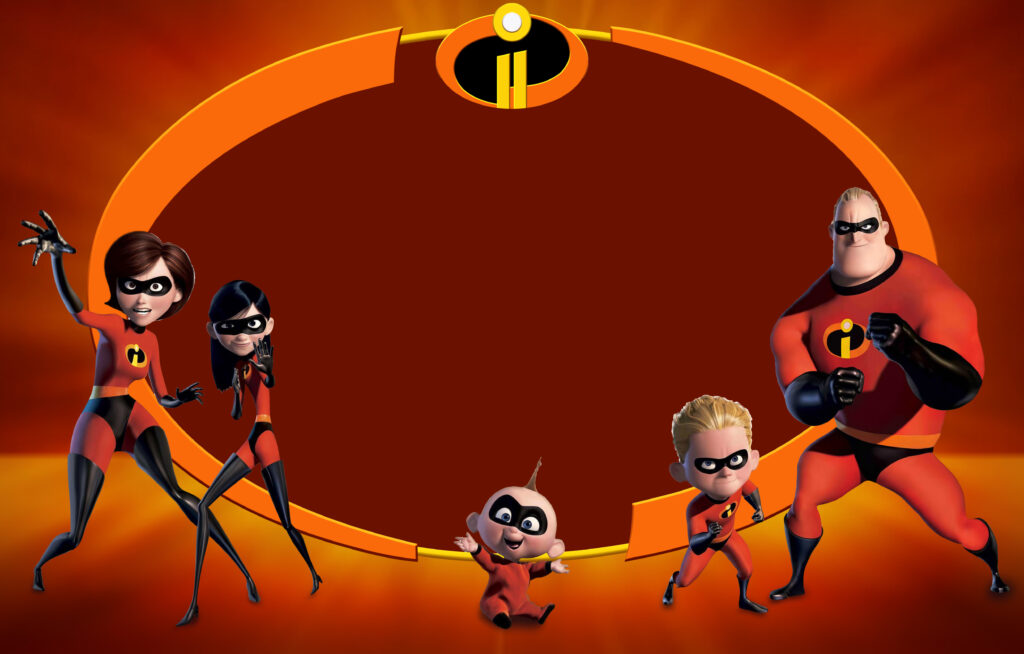
Western animation, on the other hand, has historically dominated the global box office with large-scale productions like “Frozen” and “The Incredibles”. While anime has a large following, Western animation still holds the crown in terms of commercial success globally. These cultural impact differences show how the two mediums resonate differently with global audiences.
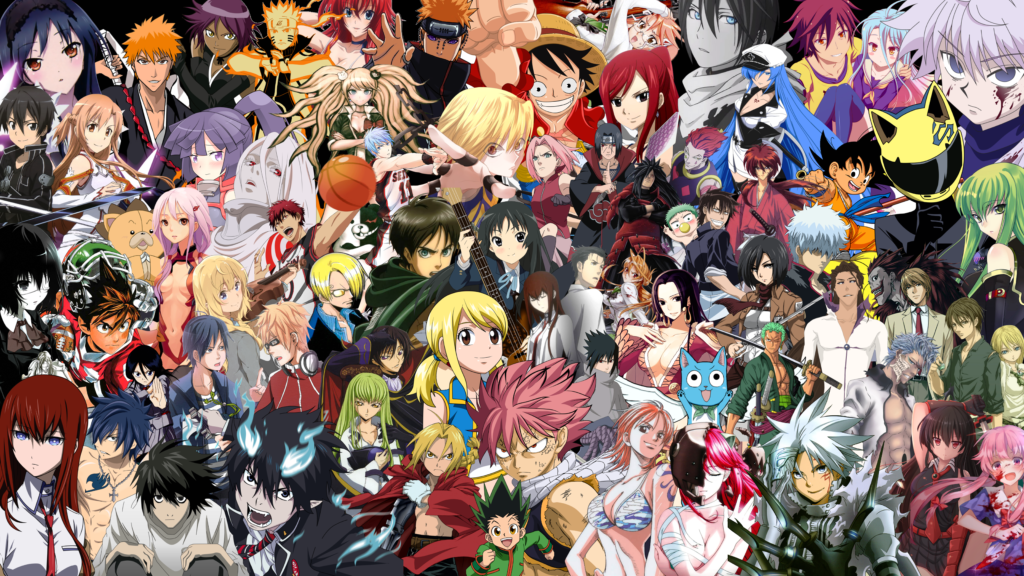
Conclusion
In conclusion, while anime and Western animation share the same medium, their approach to storytelling, art style, and cultural impact highlight how deeply they are influenced by their origins. Understanding these key differences allows fans to appreciate the unique charm each form offers, whether they prefer the dynamic art and complex themes of anime or the polished production and universal appeal of Western animation.
Internal Links:
- Link to your best shounen anime blog post: 7 Compelling Reasons Why Anime vs. Manga: Which Tells a Better Story?
External Links:
- Crunchyroll: https://www.crunchyroll.com/

